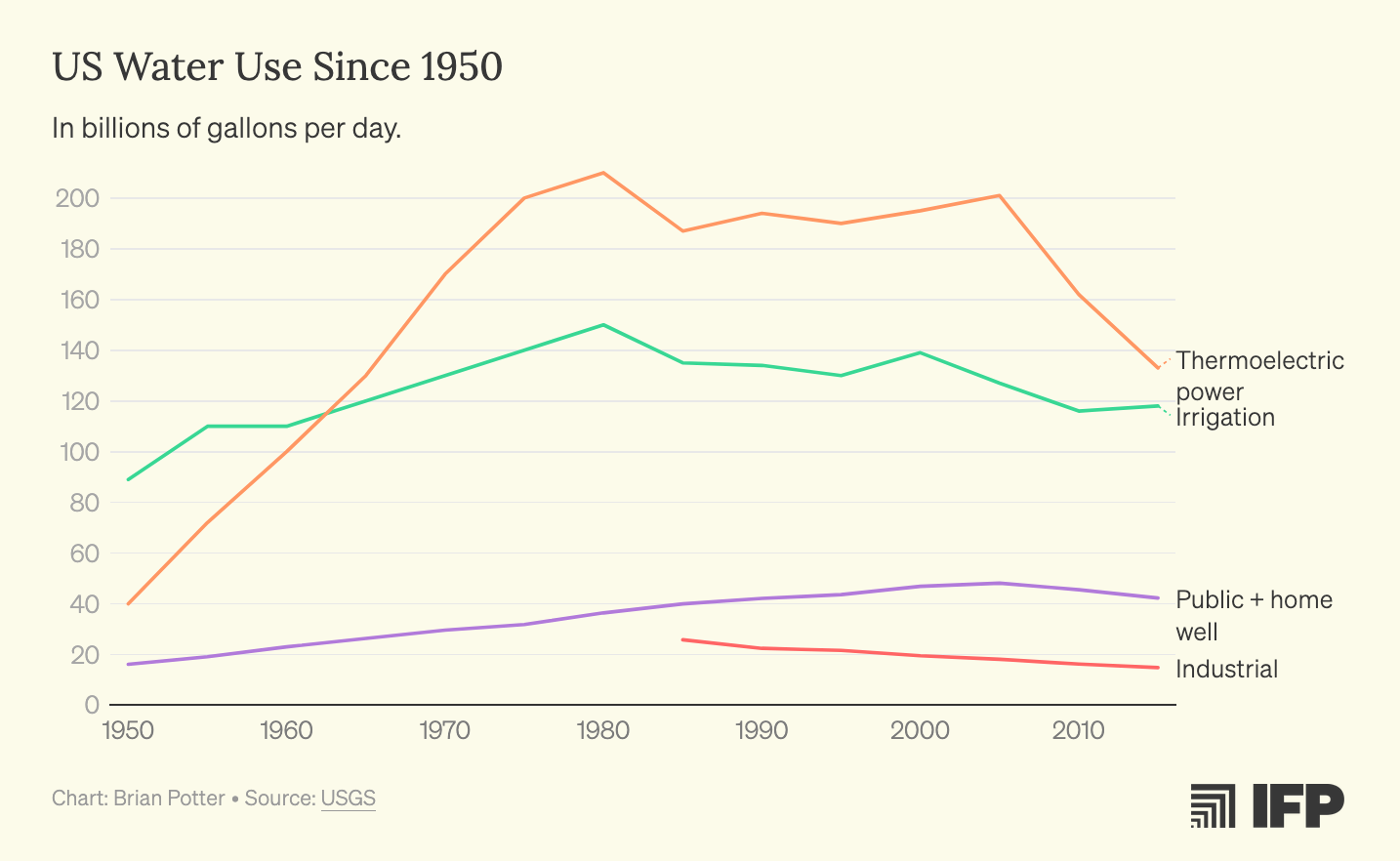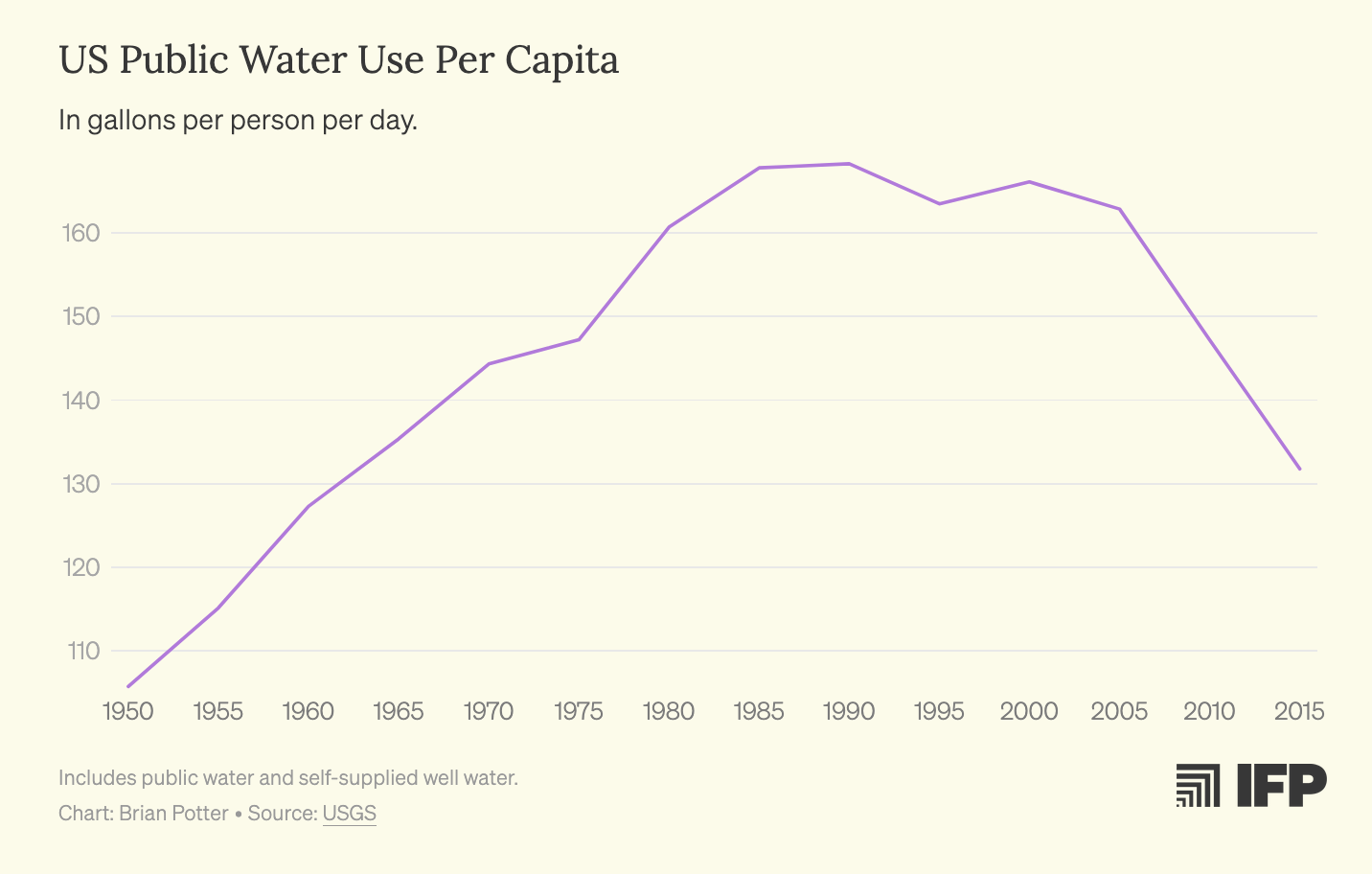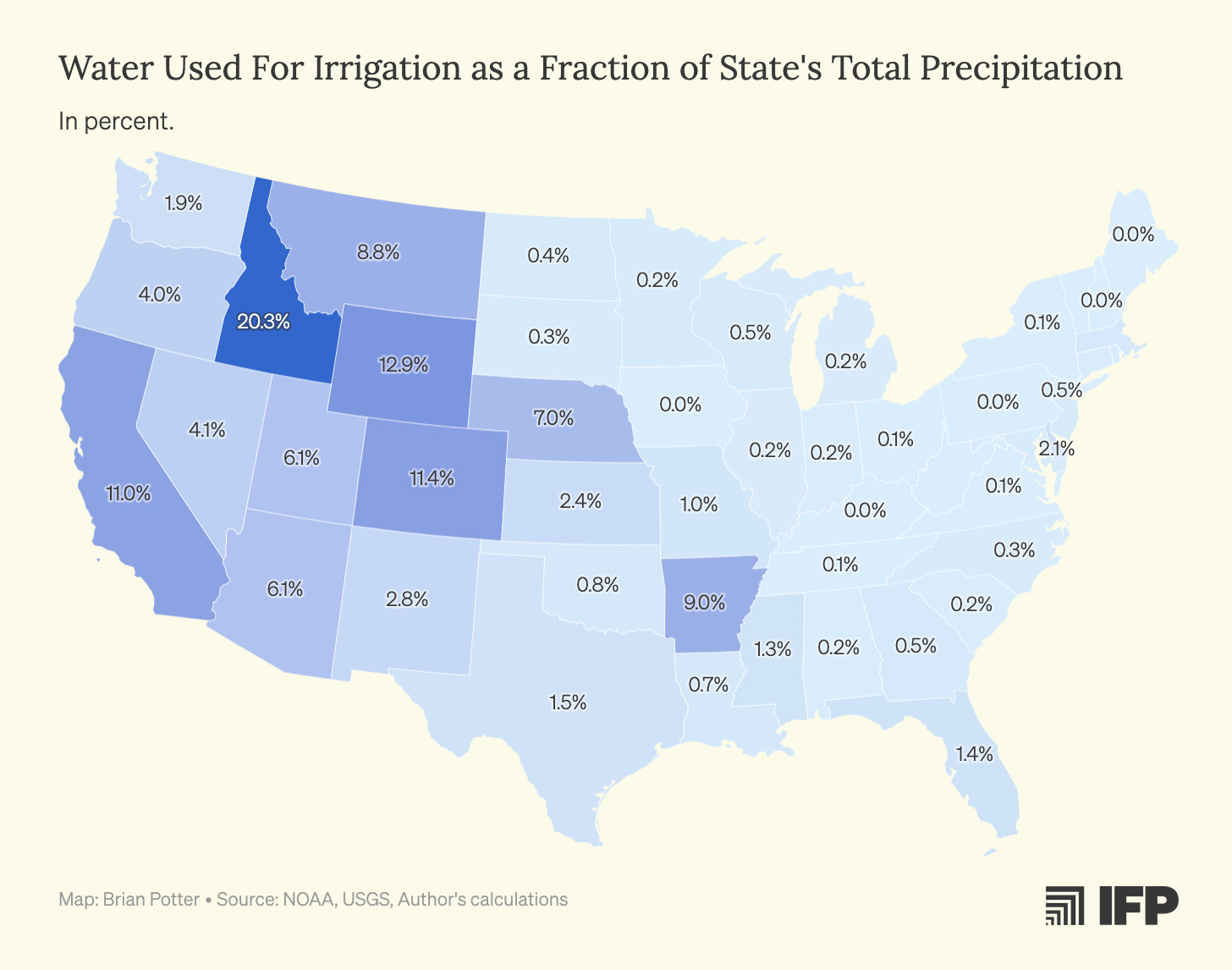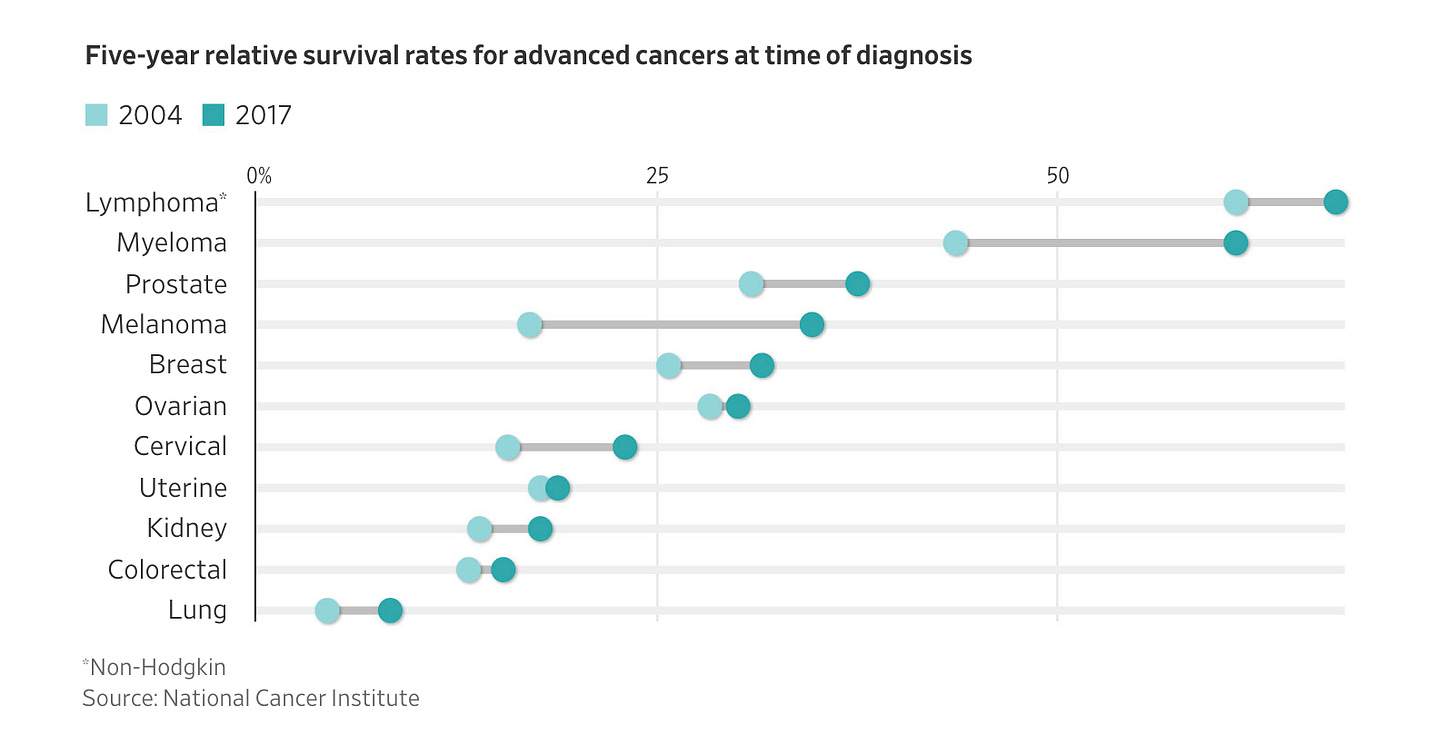Doomslayer: Weekly Progress Roundup
Burrito drones, next generation nuclear power, the reality of AI resource use, and more.
Economics & Development
The last has also seen monthly inflation fall below 2 percent, down from a peak of 25.5 percent in December 2023.
Eighty-one percent of rural Indian households now have tap water, up from 17 percent in 2019.
Energy & Environment
Conservation and biodiversity
Once nearly extinct, Amur leopards are making a comeback in East Asia. Their numbers have risen from a low of 25 to around 130 today, raising hopes for a long-term recovery.
Bobcats are back in New Jersey. After vanishing from the state in the 1970s, they were reintroduced in the early 1980s and now number in the low hundreds.
Scientists are reporting a record calving season for southern right whales off the South Australia coast—a welcome sign for a population whose recovery has slowed in recent years.
Energy & Natural Resources
The Norwegian oil company Aker BP has announced a major hydrocarbon discovery in the North Sea with the energy equivalent of 96–134 million barrels of oil.
Google is partnering with Kairos Power and the Tennessee Valley Authority to build a next-generation nuclear power plant. The advanced reactor will use molten fluoride salt instead of water as a coolant, a design meant to be safer, simpler, and cheaper to construct.
Google reports that its Gemini AI model uses just 0.24 watt-hours of energy for the median text prompt, meaning asking Gemini a question is roughly equivalent to watching TV for nine seconds. In June, Sam Altman reported a similar figure for ChatGPT. In short: it’s time to stop the hand-wringing over generative AI’s energy use.
Brian Potter put together a fantastic overview of US water consumption. Some highlights:
US water consumption peaked in the 1980s.
How have patterns of water consumption changed over time? Overall water use peaked in 1980, and has trended downward since then.
Thermoelectric power use is down more than 37% from its peak, irrigation use is down 21%, industrial is down at least 43% (and probably more), and public plus self supplied domestic water use is down 12% in absolute terms and 22% in per-capita terms.
The US is a nation of water abundance.
Average per-capita domestic water use in the US is 82 gallons per day. By comparison, German homes use around 33 gallons per person per day, UK homes use around 37 gallons, and French homes use around 39 gallons.
US water use is sustainable in the aggregate, though groundwater depletion is a serious problem in certain regions.
The amount of water an individual state has available for productive use is not simply a portion of all the precipitation it receives (due to movement of water through rivers, streams and aquifers), but it's nevertheless interesting to see irrigation water use as a fraction of a state’s total precipitation.
Much of the water used for irrigation — roughly half — is pumped from underground aquifers. In many places in the US, groundwater is being pumped out faster than it recharges from precipitation, leading to gradual depletion of the aquifer.
The Infinite Well: How Innovation Keeps Water Flowing
Learn how innovation is overcoming water scarcity in this essay by our policy analyst Kyle O'Donnell.
Natural disasters
The Arizona Public Service, an electric utility in Arizona, is using smart cameras to detect smoke or heat in areas with high wildfire risk. So far, the cameras have successfully detected at least two fires before they grew out of control.
Health & Demographics
Nepal has eliminated rubella, a virus that can cause severe birth defects if contracted by a pregnant woman.
Guinea has become the 21st African country to add the malaria vaccine to its routine immunizations, a move that will hopefully curb the country’s leading killer of children.
US traffic fatalities in the first quarter of 2025 were 6.3 percent lower than in the first quarter of 2024, according to the National Highway Traffic Safety Administration.
Late-stage cancer is becoming less deadly. Thanks to improved and increasingly bespoke treatments, five-year survival rates for several advanced stage cancers have risen substantially in the United States, and the number of people living with those cancers is growing.
A small clinical trial hints that Ozempic might slow aging. After taking the drug for eight months, participants scored three years “younger” on biological age tests, with the biggest gains in brain and immune health.
Science & Technology
Chipotle is trialing drone delivery near Dallas, Texas.








Just love Doomslayer. So fortunate being introduced.
Saw a bobcat this week